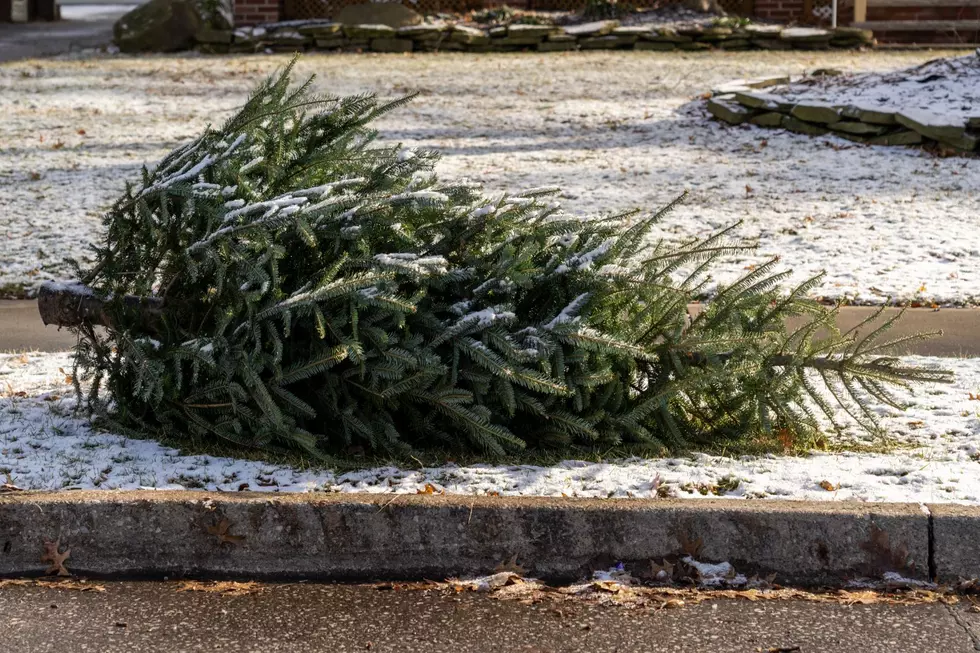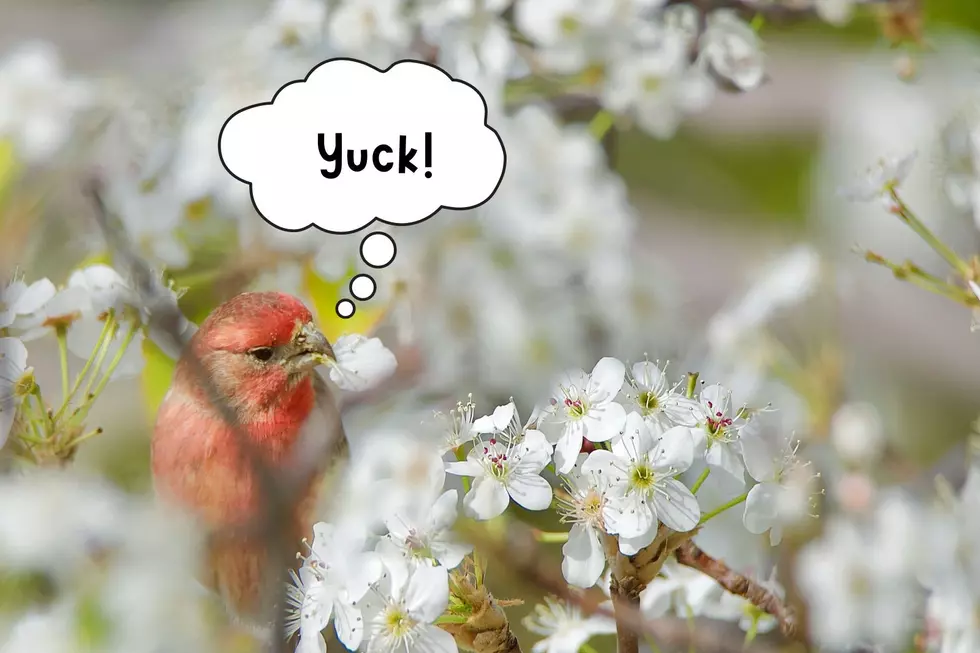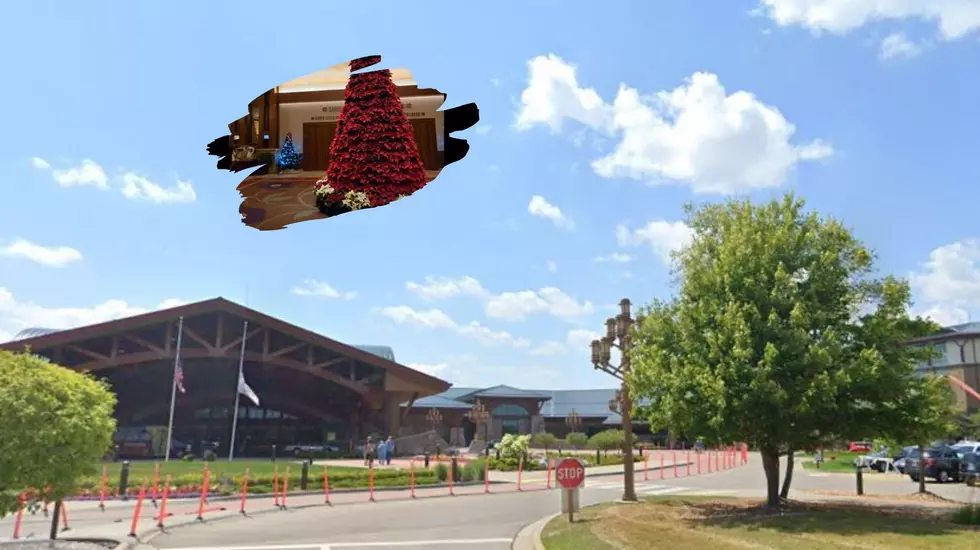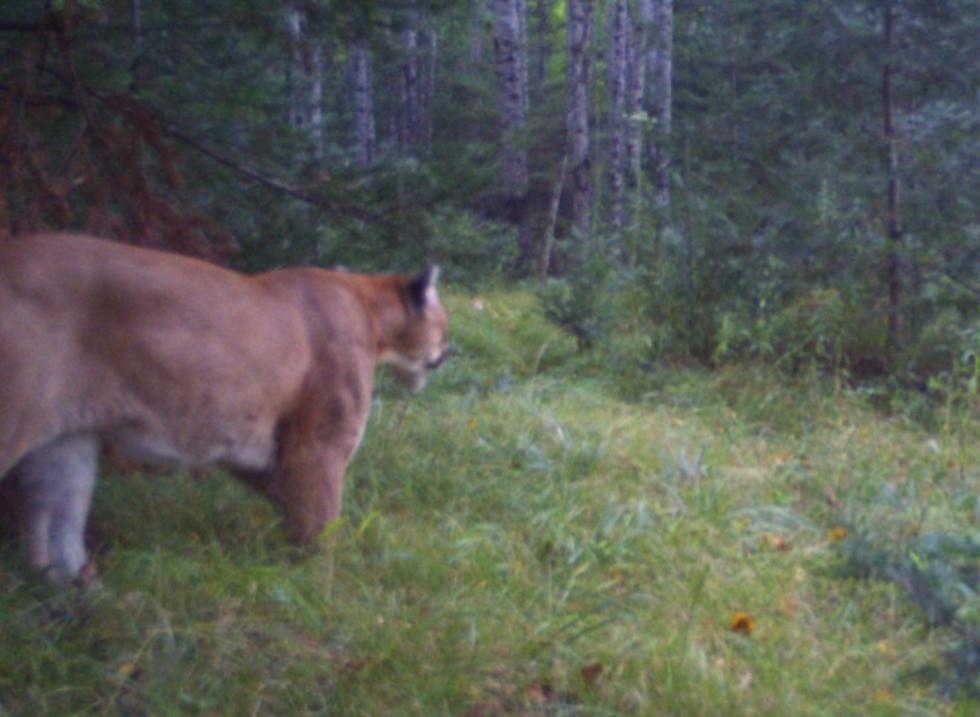
5 Great Uses For Your Christmas Tree in Michigan
Christmas trees add all the beauty of the season to our homes this time of year, but their time will soon come to an end.
Most trees that have been decorated and illuminated for the past month or more will now find themselves being dragged to the curb awaiting trash pick-up. What if the end of the Christmas season didn't necessarily mean the end of your tree's "life"?

There are so many ways that specially selected Christmas trees we took so much time to pick can serve a purpose, especially in nature and wildlife. Check out these unique uses before tossing your tree.
MAKE IT A WILDLIFE HABITAT FOR BIRDS:
According to The Nature Conservancy of Canada, nature should help you recycle your Christmas tree. Toss your tree in your backyard or prop it near another tree. The birds will find sanctuary amongst the branches. You can try adding pinecones with peanut butter as snack-able "ornaments" for your feathered friends. It provides a haven well into the summer months.
MULCHING:
Probably one of the easiest ways to dispose of your tree without just hauling it to the curb. You can make compost or just woodchips if you choose, both are perfect for keeping your yard or garden healthy and moist until spring.
FISH FEEDER & PROTECTION:
With all the lakes, rivers, and ponds around Michigan, this is a great way to put your tree to some use. Once tossed in the water the tree will start having algae grow on it which becomes a source of food for fish. The tree also becomes a form of protection against predators for the fish too. Be sure to check with the local DNR and authorities to be sure you are cleared to drop your tree in the lake or pond.
GARDEN INSULATOR:
Those branches are perfect for getting a jump on your spring garden planning. Cutting the branches off your tree and laying them across your garden area will protect your garden and flower beds from the harsh winter weather. It's also great for those late freezes we often get since the boughs can protect your plants. If you go the bird sanctuary route, you will find that by spring the needles have fallen off and you will be left with basically only branches. You can still cut the branches and use them in the garden in the early stages of spring growth.
BURN IT TO ASH FOR THE GARDEN:
Sometimes things have different uses in different forms. After you burn the branches of your Christmas tree gather the ashes left behind. The ashes from the tree will make your garden more fertile when spread on the soil. Wood ash happens to contain potassium and lime which will help your garden plants thrive, and it's eco-friendly. High sapwood is best for outdoor burning so stick to those bonfires.
LOOK: Stunning vintage photos capture the beauty of America's national parks
Gallery Credit: Alexander Raeburn
RANKED: Here are the most popular national parks
Gallery Credit: Hannah Lang
LOOK: The most expensive weather and climate disasters in recent decades
Gallery Credit: KATELYN LEBOFF
More From 97.9 WGRD









